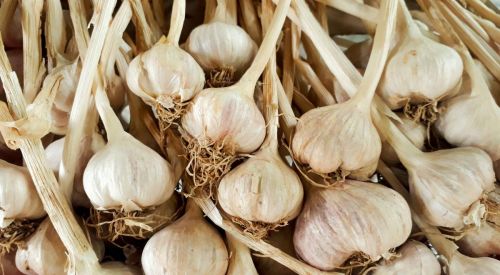Asparagus, known to mankind since ancient times (more than 5000 years), still enjoys enduring popularity, especially in French, Italian, Spanish or German cuisine. Used primarily in cooking, it is also used by natural medicine practitioners. For the ancient Egyptians, Romans, and Greeks, it was a delicacy, an aphrodisiac, and a phallic symbol. The Chinese used asparagus to relieve joint pain and even to treat infertility. It is among the seasonal, spring vegetables, with a fairly short availability period. It is a main ingredient in dishes, as well as a tasty side dish; in inconspicuous shoots, it hides a wealth of nutrients and vitamins, which have a beneficial effect on the functioning of the entire body. Asparagus is also a vegetable that can verify the "superpowers" we have in terms of smell.
It is the only edible representative of the Asparagus genus.
As a crop, it is widespread throughout the world.
The second producer is Peru with a cultivated area of 25 thousand hectares. The cultivated area in Europe is about 54 thousand hectares.
Plants can grow in the same place for 15, 20, or even 30 years.
Several growing seasons must pass in order to taste the first asparagus.
In that case, plants become weaker and begin to decline.
They are the same species, the only difference is the way they are grown.
Recent studies have confirmed its diuretic effect, facilitating defecation, lowering blood pressure, and its high content of vitamins, mineral salts, and antioxidants.
They are rich in folic acid, vitamins C, and E, beta-carotene, calcium, phosphorus, potassium, and also inulin, which is a prebiotic for intestinal bacteria.
Those suffering from gout and kidney stones should watch out for them.
They go well with meat dishes, fish, poultry, and other vegetables.










